 When two human ova fail to fully separate during pregnancy, the result is conjoined twins. The twins may be connected by ligament, bone, or just flesh, and they often share organs, but what captures most people’s interest is whether the twins share sensations, thoughts and even souls. This encyclopedia presents entries on conjoined twins throughout history, the biological causes and effects of twins being born conjoined, and ethical issues such as self-support and separation surgery. It also includes entries on the modern standardized terminology used when discussing conjoined twins, the categories into which conjoined twins have been sorted, doctors past and present who have performed separation surgeries, and hospitals, such as Children’s Hospital of Philadelphia, that are known for the separation of conjoined twins. This book even covers fraudulent conjoined twins and fictional ones in books written by such authors as Mark Twain, Vladimir Nabakov, and Katherine Dunn. Other entries cover relevant films, websites, and institutions. 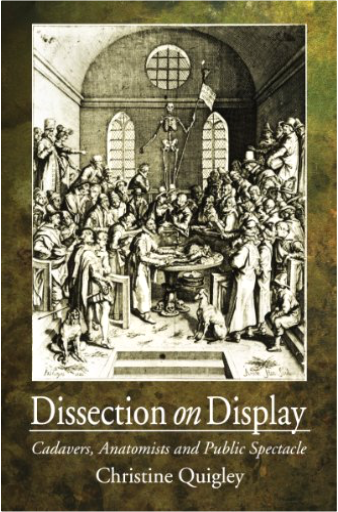 Since Herophilus, the "father of anatomy," performed the first public human dissection in the third century B.C.E., audiences have been spellbound by the cutting apart of cadavers. This volume traces the past and present of public dissection, from Herophilus's first cuts to the revival of anatomy as entertainment through spectacles like Gunther von Hagens' Body Worlds. From Italian anatomy theaters to American dissecting laboratories, it chronicles the attacks on anatomy in the Middle Ages, the influence of Renaissance anatomist Andreas Vesalius, the procurement of bodies through execution and body snatchers, and the withdrawal of dissectors behind medical school doors in the early 20th century. This history reveals that the anatomical spectacle is not new, but has remained in the gray area between education and entertainment for centuries.  Of the parts of the human body, the bones have a unique durability that lends itself to collection. Skeletal remains can be recovered even millions of years after death, cleaned of debris, studied at length, and stored indefinitely. Motivations for collecting human skeletal material range from the practical (in anthropology, medicine, forensics) to the ritualistic (phrenology, in the relics of martyrs and saints). This book is an examination of those motivations and the collections they have brought about—catacombs, ossuaries, mass graves, prehistoric excavations, and institutional and private collections. The book contains sections on procuring, handling, storing, transporting, cleaning, and identifying skeletal remains. The repatriation of remains is also addressed. 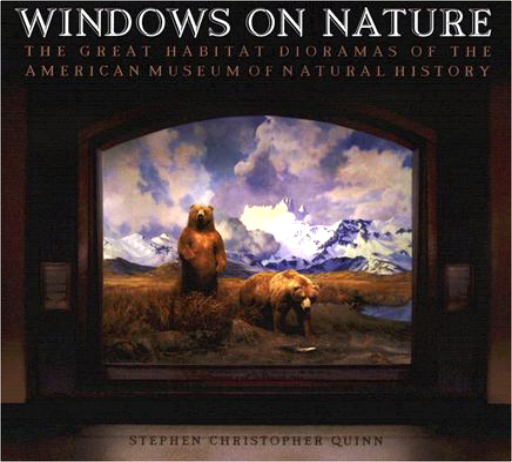 New York City's American Museum of Natural History is a national treasure, attracting four million visitors annually. Its dioramas-a dazzling mixture of nature, science, and art-have inspired young and old alike, and are world-renowned examples of the unique diorama craft: art in the service of science. Now, in the only book of its kind, readers get an insider's view of these "windows on nature," witnessing their creation step by meticulous step.  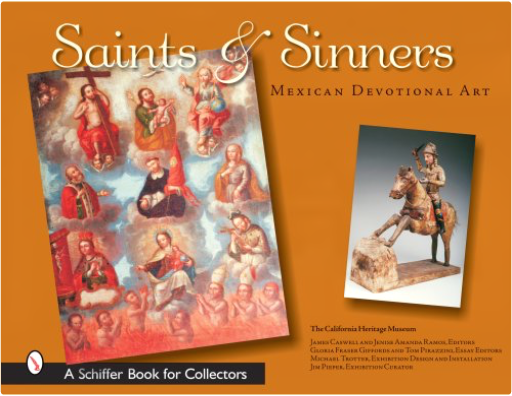 More than 350 beautiful color photographs and a descriptive text depict 18th to mid-20th century Mexican devotional art including danced masks, devils and angels, santos, milagritos, retablos, and ex-votos. These religious items were used in ceremonies both at home and church, and include wood carvings, as well as clay, stone, metal, and paper items. Seven essays include a major new work by historian and scholar Gloria Fraser Giffords, who, along with Tom Pirazzini, edited the essays. Other essays are by Philip Wrench, Roberto G. Cruz Floriano, Janet Brady Esser, Martha J. Egan, and Joanna Stuhr cover ing the history, symbolism, and uses of Mexican devotional art, as well as the methods of manufacture. For historians, folk art connoiseurs, and those who have an interest in Mexican culture, this is an essential and welcome new volume. | 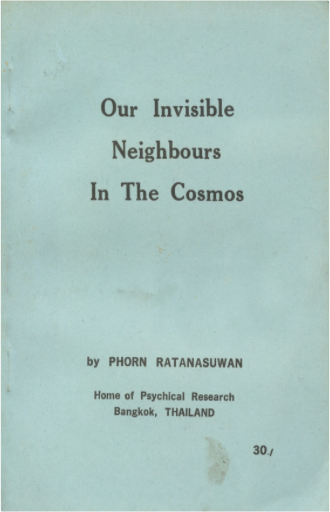 Our Invisible Neighbours in the Cosmos  Based on a vast untapped archive of documents, photographs and sketches, Watching Hannah describes and sets into context the obsession of Arthur Munby, a Victorian gentleman and civil servant, with the bodies and behaviours of working women, most especially his maidservant (later his wife) Hannah Cullwick. Munby's fixations with hands, dirtiness, blackness and various kinds of physical deformity are analyzed in relation to changing definitions of gender, sexual identity and class in 19th- and 20th-century England. |

Morbid Anatomy Museum
Collection Total:
1,253 Items
1,253 Items
Last Updated:
Jan 26, 2016
Jan 26, 2016
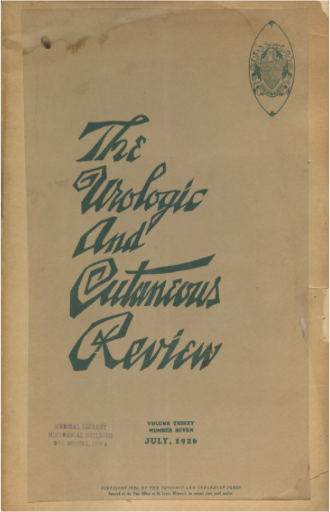

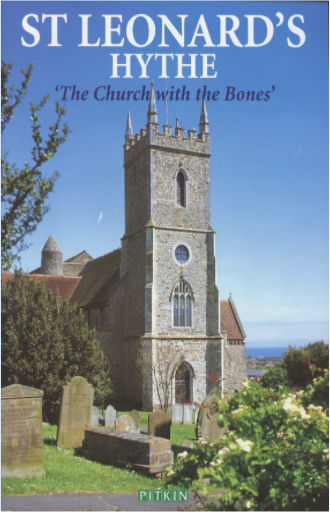

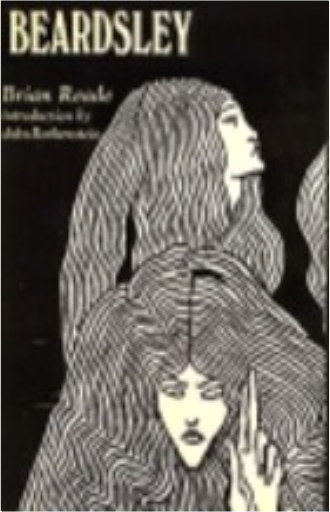


 Made with Delicious Library
Made with Delicious Library